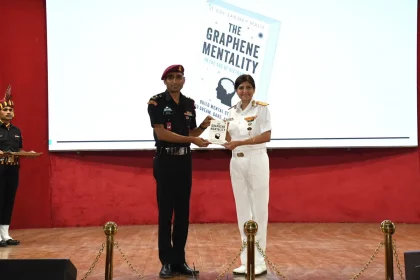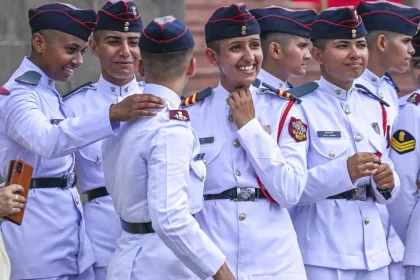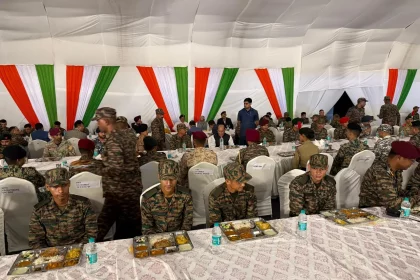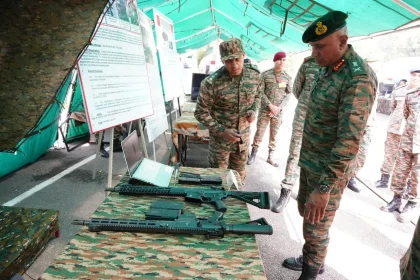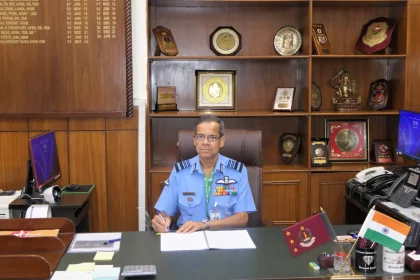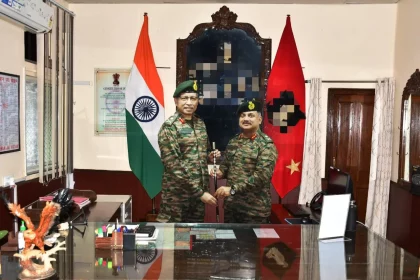Surg Vice Admiral Arti Sarin Launches ‘The Graphene Mentality’, Authored by Lt Col Sanjeev Malik
Book Highlights Human Spirit’s Strength and Resilience Through Lessons from Graphene.
NDA 2 2025 Result Out Now: Check UPSC NDA 2 2025 Result Here
A total of 8,148 candidates (7,648 Boys and 500 Girls) have successfully passed the written test and will now proceed…
Rajnath Singh attends ‘Barakhana’ with Soldiers in Bhuj
Rajnath Singh Urges Armed Forces to Embrace Innovation and Constant Readiness Amid Evolving Threats.
Lt Gen Pratik Sharma Encourages Innovation at Northern Command Idea & Innovation Competition
Army Commander Lauds Ingenuity and Problem-Solving of Troops.
Air Marshal Manish Kumar Gupta Assumes Command of National Defence College
Distinguished IAF Fighter Pilot and Strategic Leader to Head India’s Apex Defence Institution.
Maj Gen Anindya Choudhury Assumes Command of Shahbaaz Division
New GOC Urges Troops to Uphold Values and Maintain Combat Readiness.

